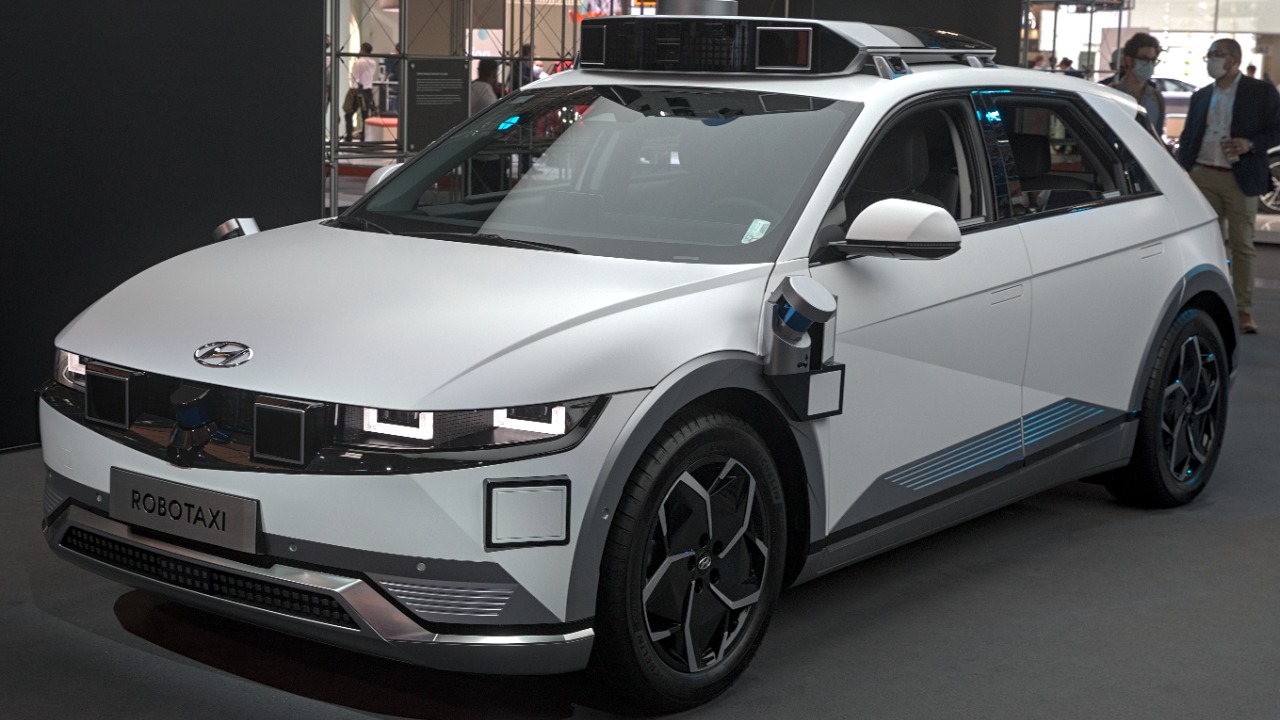
In a groundbreaking collaboration, Lucid, Nuro, and Uber have joined forces to revolutionize urban transportation with a new robotaxi service. This partnership aims to combine Lucid’s cutting-edge electric vehicle technology, Nuro’s state-of-the-art autonomous systems, and Uber’s expansive ride-sharing platform to offer a seamless, eco-friendly mode of transport. As they gear up to compete with industry giants like Waymo and Tesla, this alliance could significantly transform the landscape of self-driving transportation.
The Players: Lucid, Nuro, and Uber
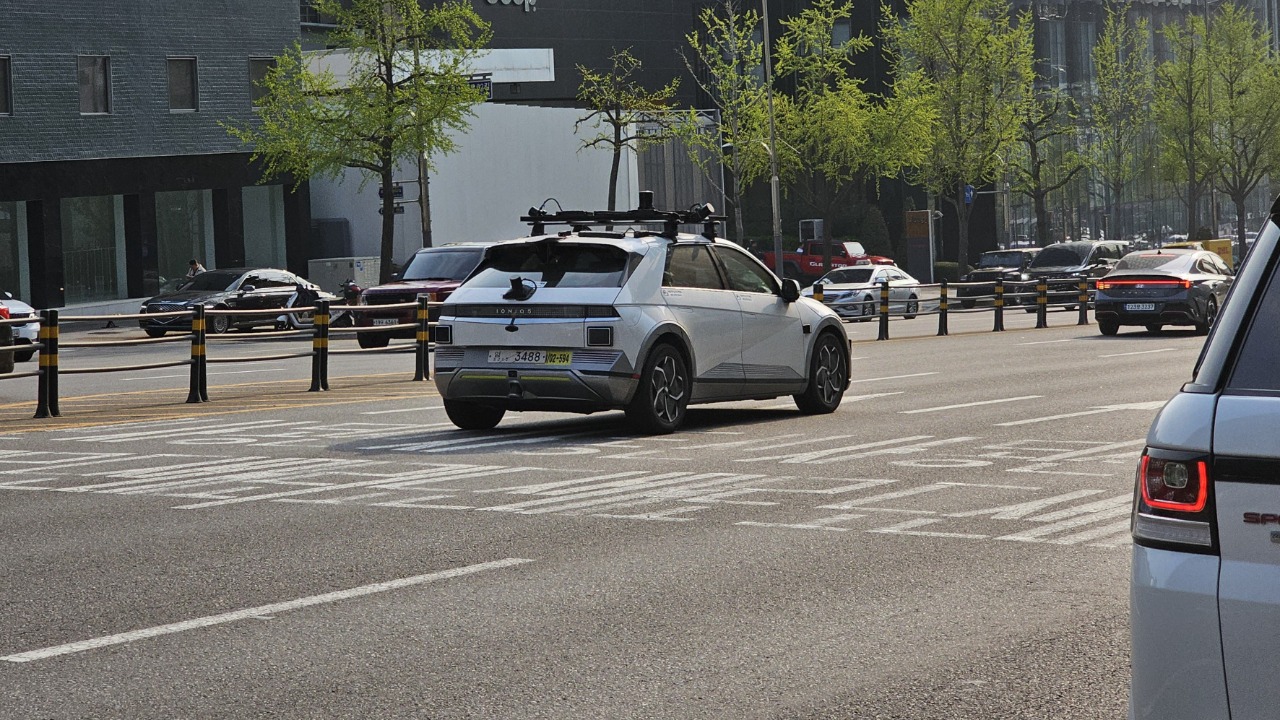
Lucid Motors has established itself as a leader in electric vehicle innovation, known for its luxury electric sedan, the Lucid Air. The company brings to the table its expertise in producing high-performance, sustainable vehicles that offer impressive range and efficiency. By leveraging its cutting-edge battery technology and aerodynamic designs, Lucid aims to provide a robust foundation for the robotaxi fleet, ensuring that the vehicles are not only eco-friendly but also capable of meeting the demands of a busy urban environment.
Nuro, a pioneer in autonomous delivery vehicles, contributes its advanced self-driving systems to the partnership. Nuro’s technology has already been deployed in various pilot programs, showcasing its capability to safely navigate complex urban landscapes. The integration of Nuro’s autonomous systems into Lucid’s electric vehicles promises to deliver a seamless and efficient robotaxi service, capable of handling the intricate dynamics of city driving while prioritizing passenger safety.
Uber, with its vast ride-sharing platform and extensive user base, provides the critical infrastructure needed to support the new service. By incorporating the robotaxi into its existing app, Uber can offer customers an effortless transition to this new mode of transport. The company’s experience in managing large-scale operations ensures that the service can be effectively scaled to meet demand, making Uber an indispensable partner in this collaboration.
Technological Innovations and Synergies
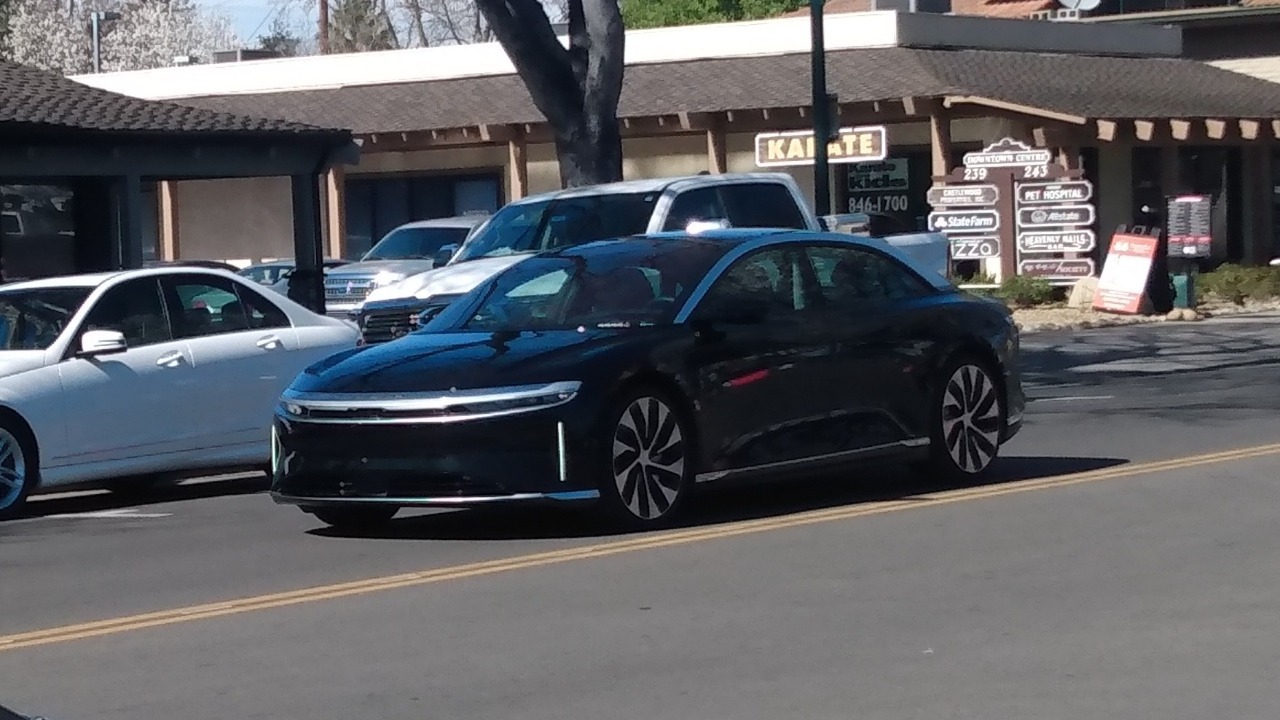
The integration of Lucid’s electric vehicle technology with Nuro’s autonomous systems exemplifies a significant technological synergy. By combining Lucid’s long-lasting batteries and energy-efficient designs with Nuro’s cutting-edge AI-driven navigation systems, the partnership creates a vehicle that is not only sustainable but also capable of autonomous operation under a variety of conditions. This fusion of technologies is expected to result in a robotaxi service that offers both environmental benefits and operational excellence.
Enhancements in safety and efficiency are paramount in this collaboration. By utilizing advanced sensors and machine learning algorithms, the robotaxi service aims to minimize the risk of accidents while optimizing route efficiency. The partnership focuses on ensuring that passengers can enjoy a safe and reliable journey, with systems in place to continually monitor and improve performance. This commitment to safety is crucial in gaining public trust and acceptance for autonomous vehicle services.
Despite the promising prospects, merging these advanced technologies presents several challenges. Issues such as software integration, data management, and real-time decision-making must be addressed to ensure seamless operation. The partnership has proposed innovative solutions to these challenges, including collaborative software development and extensive testing in controlled environments, to ensure that the robotaxi service is ready for public deployment.
Market Impact and Competitive Landscape
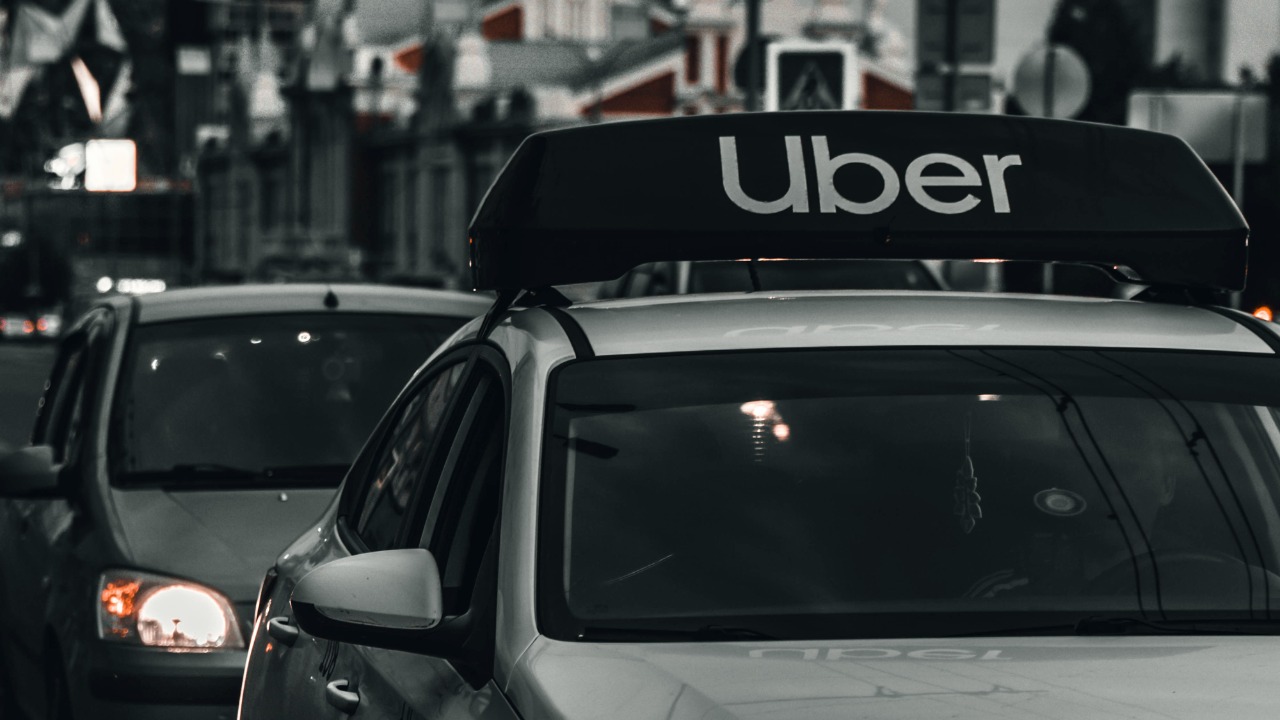
This ambitious partnership positions itself strategically against existing leaders in the autonomous vehicle market, such as Waymo and Tesla. By leveraging Lucid’s premium electric vehicles, Nuro’s proven autonomous technology, and Uber’s expansive platform, the collaboration seeks to offer a unique and compelling proposition to consumers. Unlike its competitors, this alliance emphasizes luxury, sustainability, and convenience, potentially setting a new standard for self-driving services.
The introduction of this robotaxi service could significantly disrupt the market, altering consumer preferences and expectations. As more users experience the convenience and efficiency of autonomous transport, traditional car ownership and ride-sharing models may see a shift. The collaboration’s ability to provide a luxurious yet affordable alternative could attract a diverse customer base, further challenging the status quo in urban mobility.
Strategically, the Lucid-Nuro-Uber alliance holds several advantages over competitors. The combination of Lucid’s innovative vehicle design, Nuro’s autonomous expertise, and Uber’s operational prowess creates a service that is both technologically advanced and user-friendly. This unique blend of strengths gives the partnership a competitive edge, allowing it to capitalize on emerging trends in the transportation industry.
Regulatory and Ethical Considerations

Deploying autonomous vehicles on public roads comes with significant regulatory challenges. The partnership must navigate complex legal frameworks to ensure compliance with safety and operational standards. Understanding and adhering to these regulations is crucial for the successful rollout of the robotaxi service. The companies involved have committed to working closely with regulatory bodies to address any concerns and facilitate a smooth introduction of their service.
Ethical implications are also a major consideration in the deployment of self-driving taxis. Issues such as data privacy, job displacement, and the societal impact of autonomous technology must be addressed to gain public acceptance. The partnership is exploring ways to mitigate these concerns, including transparent data handling practices and initiatives to retrain workers affected by automation. These efforts aim to create a service that is not only technologically advanced but also socially responsible.
Insurance and liability are critical issues that the partnership must address. Determining fault in the event of an accident involving autonomous vehicles is a complex legal challenge. The collaboration is working on innovative insurance models and liability frameworks to ensure that both passengers and operators are adequately protected. These measures are essential for building trust and ensuring the long-term viability of the robotaxi service.
Future Prospects and Expansion Plans
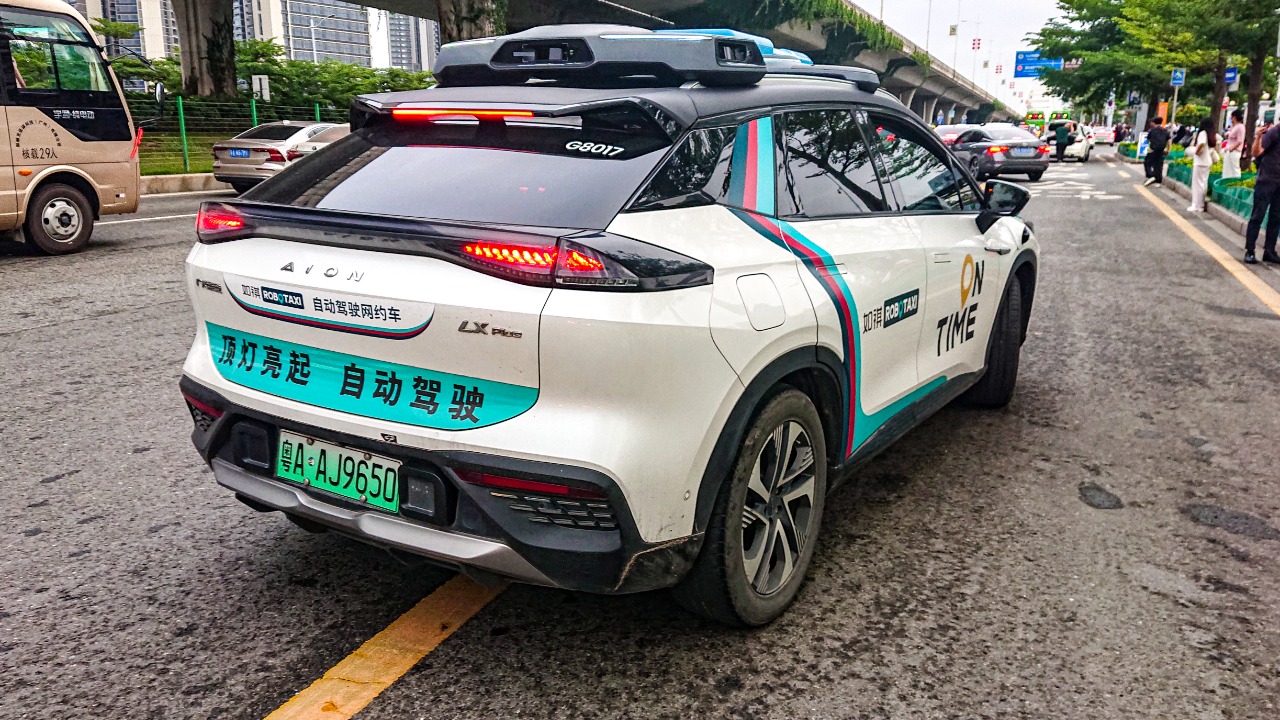
Scaling the robotaxi service to new markets and regions is a key focus for the partnership. By leveraging Uber’s global presence, the service can be rapidly deployed in urban centers worldwide, offering a sustainable and efficient alternative to traditional transportation methods. The partnership’s commitment to continuous improvement and adaptation will be critical in ensuring successful expansion and customer satisfaction.
Looking ahead, the long-term vision for autonomous urban transport is one of increased sustainability and reduced congestion. By reducing the reliance on personal vehicles, the robotaxi service can significantly decrease urban traffic, leading to cleaner and more livable cities. The partnership’s dedication to innovation and environmental responsibility positions it as a leader in the push towards sustainable urban mobility.
Future collaborations and technological advancements are likely to stem from this initial partnership. As the industry evolves, new opportunities for innovation and cooperation will arise, paving the way for even more sophisticated autonomous transport solutions. This collaboration sets the stage for a new era in urban transportation, where technology and sustainability go hand in hand.